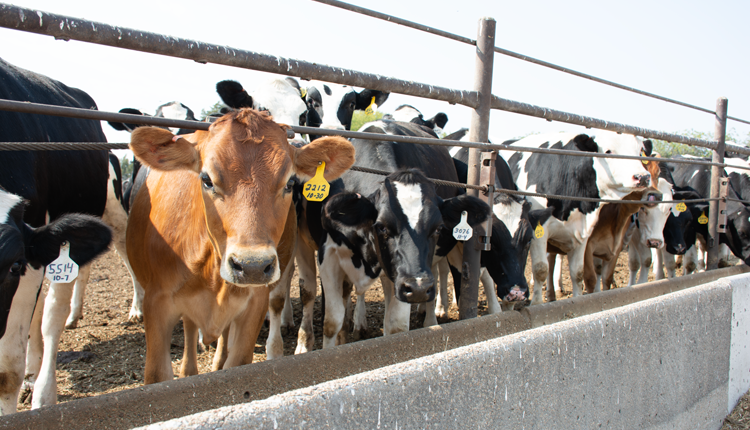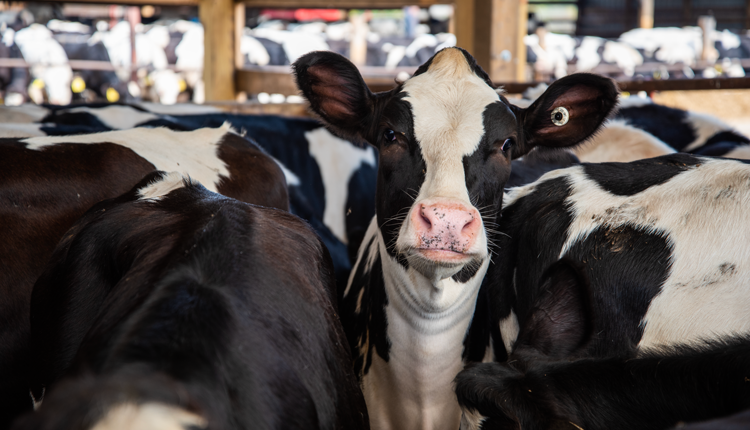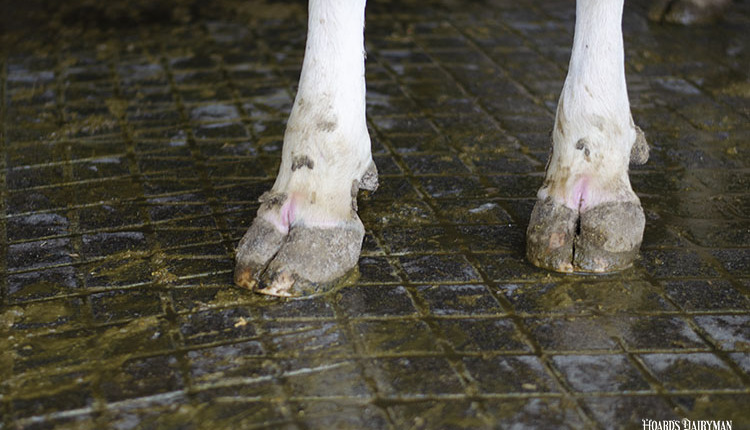
When dairies find themselves with limited space, one option is to locate a new home for calves or heifers. For some farms, this means a rented facility down the road. For others, it may be a custom grower in another county or even another state.
No matter where they are going, safe transportation of young stock starts on the farm. The Dairy Calf and Heifer Association (DCHA) shared the following transportation recommendations in their recently updated “Gold Standards.”
First of all, cattle of all ages should be handled gently, and farms should strive to maintain a calm, quiet, and stress-free environment. Provide training for employees on stockmanship and humane animal handling, and establish a no tolerance attitude for animal abuse.
When moving animals, use techniques that follow their natural instincts, and do not use striking or forcefulness. Calves should never be handled using only their tails, neck, ears, hide, or a single leg.
Extra care should be taken when handling sick or immobile animals. Create a quarantine area for sick or injured animals.
When it comes to transporting young animals for longer distances, be sure calves are dry, well-hydrated, and able to stand and walk on their own. If hauling calves in weather less than 50°F, provide deep bedding or calf jackets for warmth.
For older calves or heifers, avoid additional stress by vaccinating and dehorning more than one week before a major move. For trips longer than 24 hours, stop for fresh water and feed for at least 5 total hours.
In general, minimize trip length as much as possible. During hot weather, consider hauling at night when it is cooler. On the other hand, when it is cold, cover one-half to three-fourths of the holes in the trailer to minimize drafts.
Before transporting any calves or heifers, wash and disinfect vehicles between trips to reduce pathogen exposure. Make sure the flooring in your trailer provides secure footing and absorbs urine and manure.
Adequate space per animal is also critical. For calves up to 100 pounds, provide 4 square feet per animal. For calves up to 240 pounds, provide 6 square feet; up to 440 pounds, 9 square feet; up to 1,200 pounds, 13 square feet; and for animals over 1200 pounds, provide 16 square feet per head.

The author is an associate editor and covers animal health, dairy housing and equipment, and nutrient management. She grew up on a dairy farm near Plymouth, Wis., and previously served as a University of Wisconsin agricultural extension agent. She received a master’s degree from North Carolina State University and a bachelor’s from University of Wisconsin-Madison.











